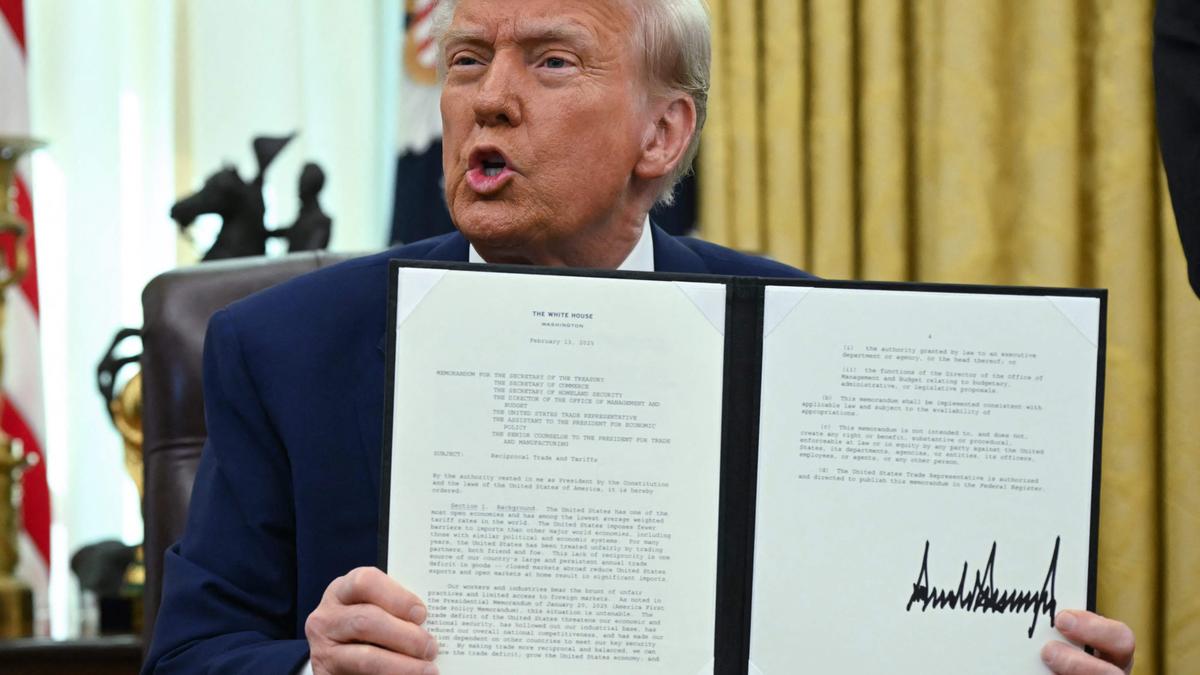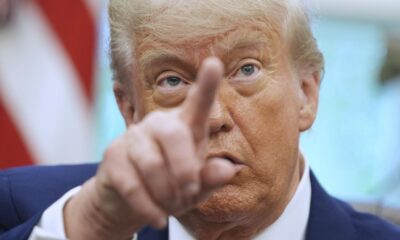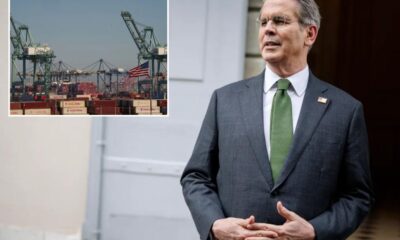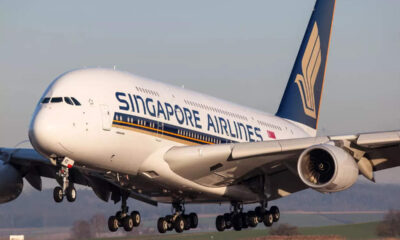US President Donald Trump has unveiled plans for significant “reciprocal tariffs” that will impact both allies and competitors, marking a major escalation in the ongoing international trade war that experts warn could lead to inflation domestically.
Speaking from the Oval Office, Trump emphasized his decision to impose these reciprocal duties, stating that US allies often present greater challenges on trade issues than adversaries.
The tariffs will be customized for each US trading partner, taking into account factors such as value-added tax (VAT).
Since taking office, Trump has announced a series of tariffs targeting major US trading partners, with the aim of addressing unfair trade practices and using the threats as leverage to influence policy decisions.
He views tariffs as a means to generate revenue, address trade imbalances, and prompt countries to address US concerns.
Trump’s announcement comes just ahead of his meeting with Indian Prime Minister Narendra Modi in Washington.
The exact timeline for the implementation of these tariffs, if enforced, remains uncertain.
Experts caution that reciprocal duties could result in a widespread tariff increase for emerging market economies like India and Thailand, which typically have higher effective tariff rates on US goods.
Countries like South Korea, which have existing trade agreements with the US, may be less vulnerable to the impact of these tariffs, analysts suggest.
Inflation concerns
Addressing cost-of-living issues was a major focus during the election that propelled Trump to power in November, with the promise of swiftly reducing prices.
However, economists warn that imposing sweeping tariffs on US imports is likely to lead to increased inflation in the short term and could eventually hinder economic growth.
Trump’s nominee for commerce secretary, Howard Lutnick, has disputed the notion that tariffs would result in widespread inflation, though certain costs may indeed rise.

Trump’s deputy chief of staff for policy, Stephen Miller, has previously asserted that countries exploit VAT to gain an unfair trade advantage, a claim that has been challenged by analysts.
During his campaign, Trump vowed to implement “an eye for an eye, a tariff for a tariff, same exact amount.”
For instance, if India imposes a 25% tariff on US automobiles, the US would reciprocate with a 25% tariff on Indian auto imports, as explained in a recent Nomura report.
The inclusion of non-tariff considerations could potentially alter this calculation.
Ahead of Modi’s visit, India has offered some immediate tariff concessions, including on high-end motorcycles.
Analysts at Nomura believe that Trump’s objective in implementing reciprocal tariffs is to ensure fair treatment for US exports, which could indirectly address trade imbalances with partner countries.
Among Asian economies, India maintains a 9.5% weighted average effective tariff on US exports, while the rate for India’s exports to the US is 3%.
Thailand imposes a 6.2% rate and China a 7.1% rate on US products, according to Nomura.
Less affluent countries often impose higher tariffs as a means of revenue generation and protection, due to limited resources for implementing non-tariff barriers, as noted by Scott Lincicome of the Cato Institute in an earlier interview with AFP.
Published – February 14, 2025 12:42 am IST








































